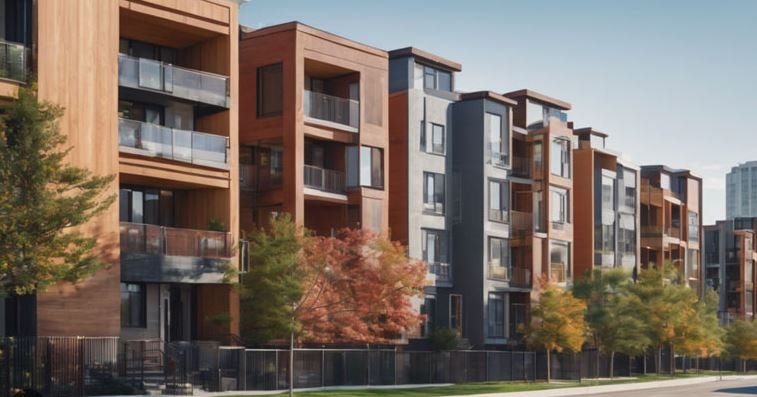Preserving historic properties in today’s real estate market involves balancing historical charm with modern demands. Homebuyers and investors often seek properties that offer character and unique architectural elements while incorporating contemporary amenities. Real estate developers and preservationists face the challenge of integrating modern conveniences into historic structures without compromising their heritage.

Restoration vs. Renovation
Restoration and renovation are two key approaches to preserving historic properties. It focuses on returning a building to its original state, using period-appropriate materials and techniques. Renovation, on the other hand, updates the property to meet current standards while maintaining its historical essence. Both methods have their merits, but the choice often depends on the property’s condition, the desired outcome, and regulatory requirements.
The Role of Preservation Societies
Preservation societies play a crucial role in protecting historic properties. These organizations advocate for the conservation of historical sites, provide resources for property owners, and raise public awareness about the value of preserving cultural heritage. By partnering with real estate professionals and local governments, preservation societies help ensure that historic buildings are maintained and celebrated.
Adaptive Reuse of Historic Buildings
Adaptive reuse is a strategy that repurposes historic buildings for new uses while preserving their architectural integrity. This approach breathes new life into old structures, making them relevant in a modern context. Examples include converting old factories into loft apartments, transforming historic schools into community centers, or adapting old warehouses into retail spaces. Adaptive reuse preserves the historical value of a building while meeting contemporary needs.
Economic Benefits of Preserving Historic Properties
Preserving historic properties can offer significant economic benefits. Restoring and maintaining these buildings can enhance property values, attract tourism, and stimulate local economies. Historic neighborhoods often become desirable locations due to their unique character and charm, which can lead to increased demand and investment. Additionally, historic preservation can qualify for various grants and tax incentives, providing financial support for restoration projects.
Challenges in Preserving Historic Properties
Preserving historic properties comes with its challenges. Aging infrastructure, outdated building codes, and the high cost of restoration can pose significant hurdles. Property owners must navigate regulatory requirements, secure appropriate funding, and address structural issues while maintaining the building’s historical features. Despite these challenges, the rewards of preserving cultural heritage often outweigh the difficulties.
Community and Cultural Impact
Historic properties contribute to a community’s cultural identity and sense of place. They serve as tangible connections to the past, reflecting the history and heritage of a region. Preserving these buildings helps maintain a community’s character and fosters a sense of pride and continuity among residents. Historic sites often become focal points for cultural and social activities, enriching the community’s experience.
Sustainable Practices in Historic Preservation
Incorporating sustainable practices in historic preservation aligns with modern environmental goals. Energy-efficient upgrades, use of sustainable materials, and environmentally friendly restoration techniques contribute to the conservation of both the building and the environment. Sustainable preservation practices ensure that historic properties remain functional and relevant while minimizing their ecological impact.
Future Trends in Historic Preservation
The future of historic preservation will likely see continued innovation and adaptation. Advances in technology, such as digital modeling and 3D scanning, will assist in accurately restoring and preserving historic buildings. Increased emphasis on sustainability and community engagement will shape preservation efforts, ensuring that historic properties continue to be valued and preserved for future generations.
Conclusion
Preserving historic properties in the modern real estate market requires a thoughtful approach that balances historical integrity with contemporary needs. By employing restoration and renovation techniques, leveraging the support of preservation societies, and embracing adaptive reuse, we can maintain the charm and significance of historic buildings. Despite the challenges, the economic, cultural, and community benefits of preserving our architectural heritage are profound and lasting.

